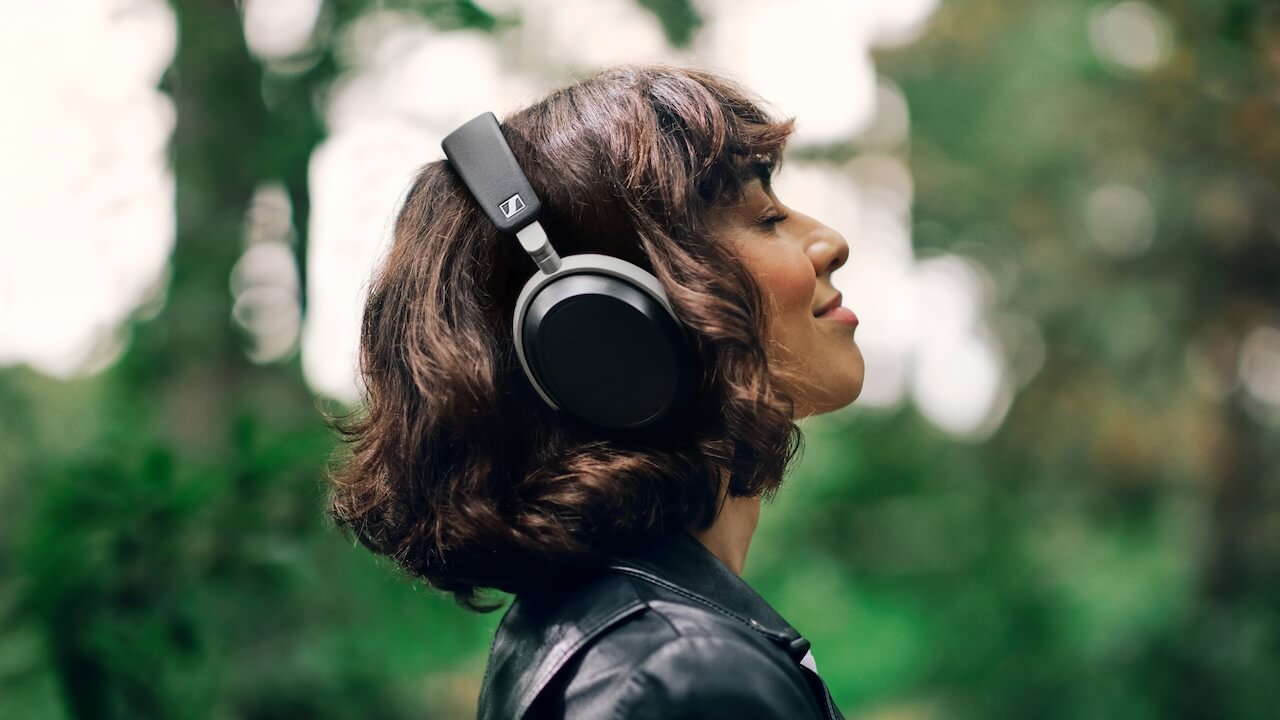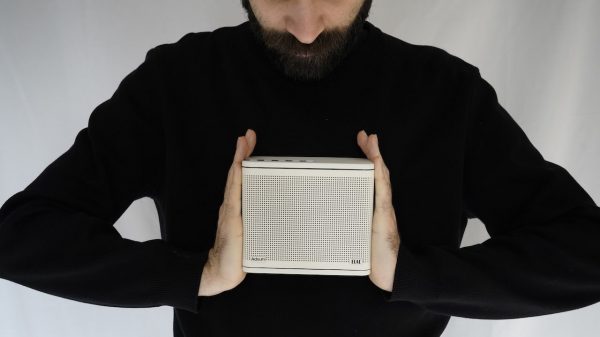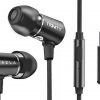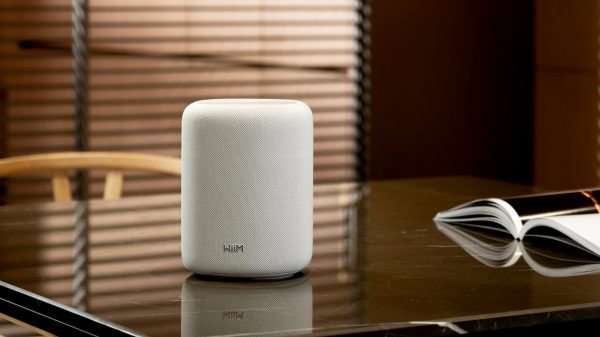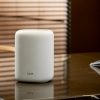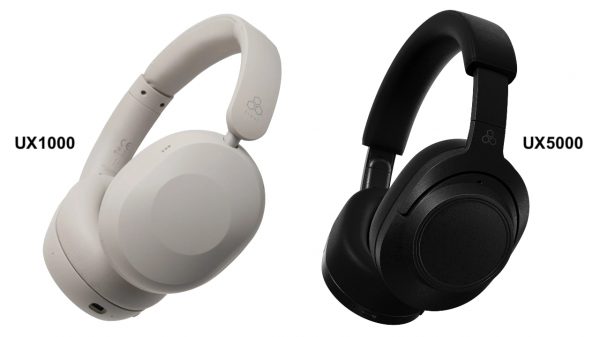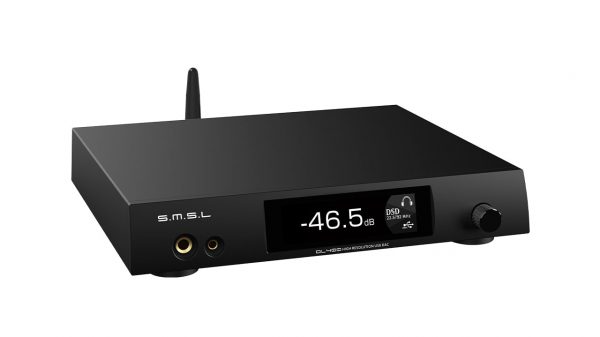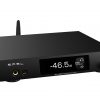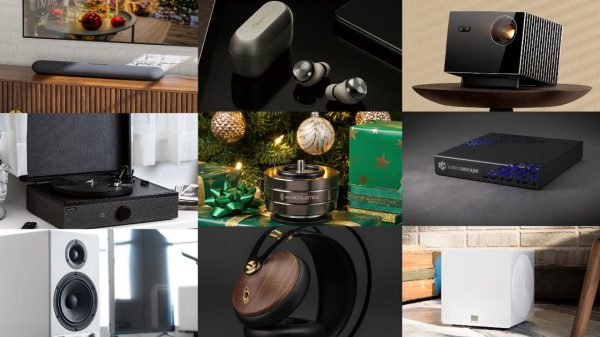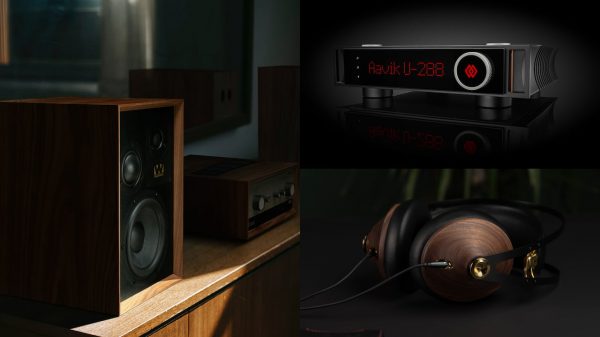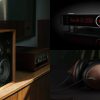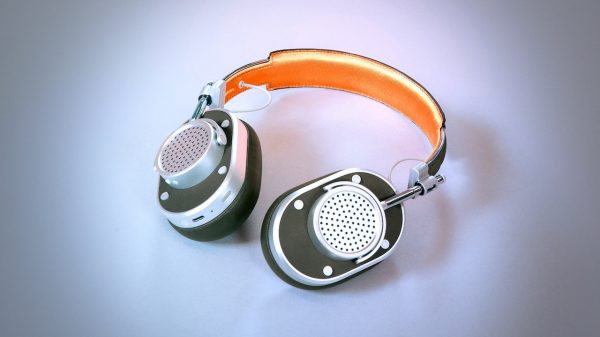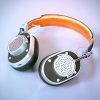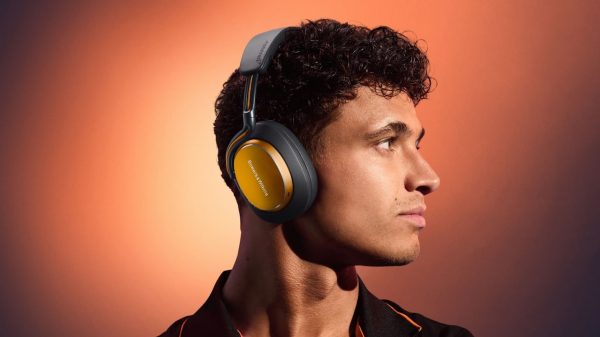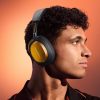Sennheiser’s HDB 630 Wireless Headphones step into the crowded high-end wireless market at $499 USD, going head-to-head with Sony, Bose, Apple, and Bowers & Wilkins. They deliver 24-bit/96kHz playback, aptX Adaptive, and active noise cancellation, plus the BTD 700 USB dongle for ready-to-go high-res wireless. Not just another luxury headphone, the HDB 630 is built for listeners who actually care about clarity, dynamics, and precise tuning—proof that you can offer a useful accessory and serious sound without relying on hype.
By any measure, the HDB 630 is aimed squarely at high-performance audio enthusiasts who refuse to trade substance for convenience. Borrowing the proven chassis from the best-selling MOMENTUM 4, Sennheiser has reworked the internals with a custom acoustic system built for focused listening—wired or wireless. The 42mm dynamic transducer, crafted at the company’s Tullamore facility in Ireland, is supported by carefully tuned acoustic treatments that emphasize precision over flash.
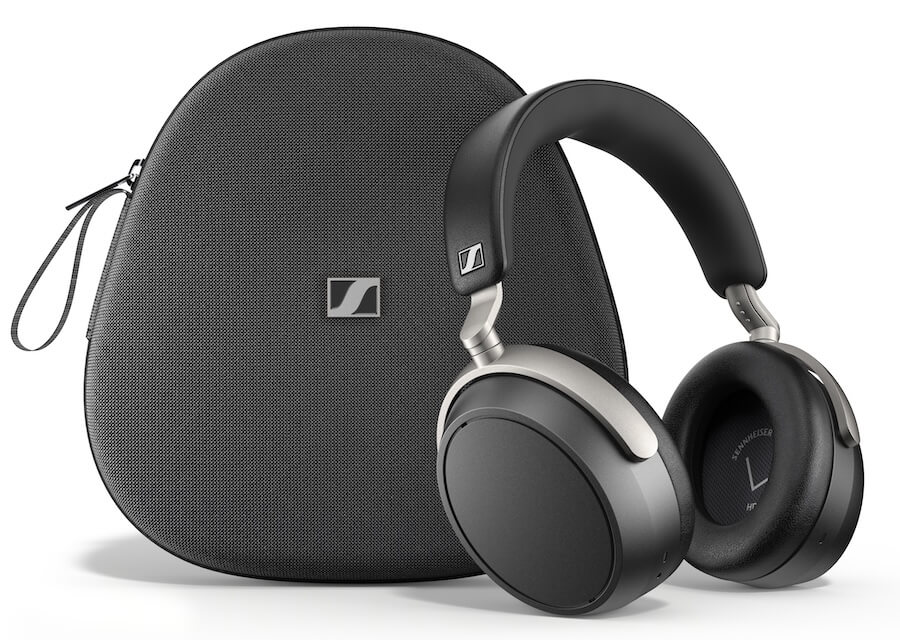
“We designed the HDB 630 for listeners who expect the same fidelity from their wireless headphones as they do from their wired setups—just without the leash,” said Wee Hong Kuan, Senior Product Manager. “From the moment you unbox it, the HDB 630 brings together true high-end tuning and flexible connectivity.”
Sennheiser, to its credit, seems to have learned a few tricks from the competition. The build quality is a step up from previous Sennheiser wireless models, with a more premium feel and notably comfortable fit. It might not deliver the same level of passive isolation as the Bowers & Wilkins Px8 S2 I just reviewed, but at $499, the HDB 630 definitely looks and feels the part of a serious contender in the high-end wireless category. Our full review arrives October 20th, once the embargo gods unlock the handcuffs.
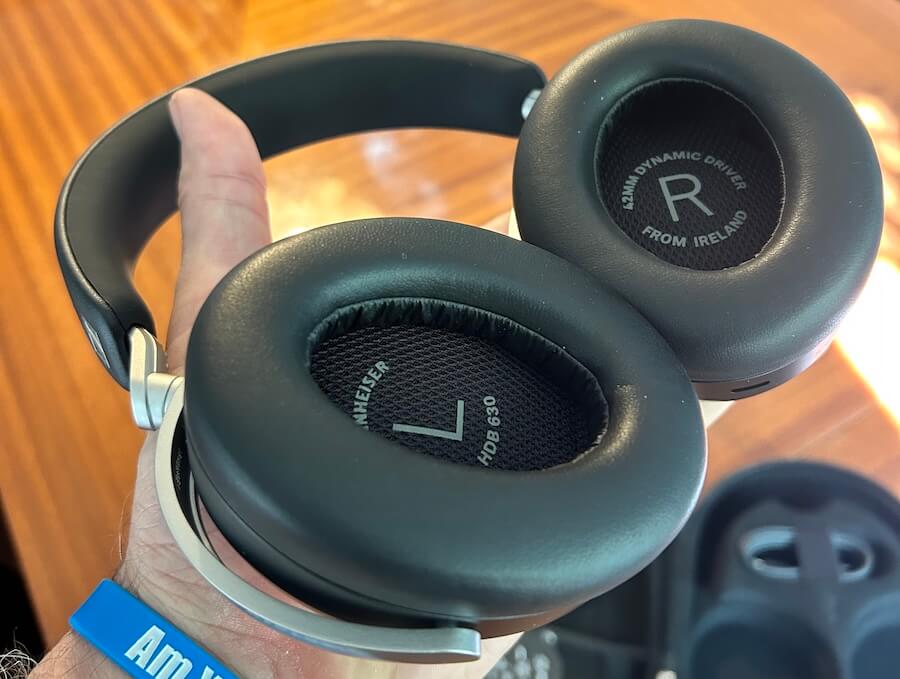
High-Resolution Revolution: Sennheiser Pushes Wireless Fidelity Further with the HDB 630
The transducer system inside the HDB 630 is powered by a high-resolution digital audio engine that works both wired and wirelessly. Following Bowers & Wilkins’ lead, Sennheiser now supports true hi-res playback via USB-C alongside traditional analog input—an overdue nod to listeners who still care about signal integrity. The HDB 630 handles up to 24-bit/96kHz resolution from local or streaming sources and offers Bluetooth 5.2 with aptX Adaptive for wireless listening that balances sound quality with stability.
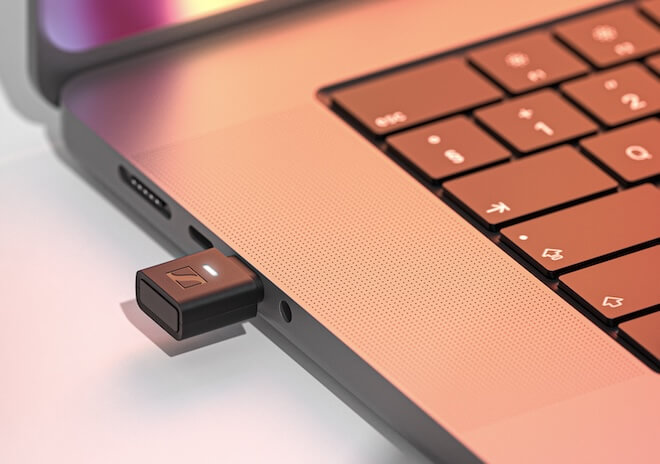
Sennheiser also includes the BTD 700 USB-C transmitter dongle, instantly upgrading smartphones and tablets that don’t natively support high-resolution aptX Adaptive streaming. Given that only around 16% of smartphones can handle wireless hi-res out of the box, the dongle expands that reach to roughly 80%, which is a smart move.
Some will still bemoan the absence of LDAC, Bluetooth LE Audio, or aptX Lossless at this price point—and they’re not wrong—but Sennheiser’s focus here appears to be on consistent, cross-platform performance rather than chasing codecs few devices fully exploit at this point—and we’ve yet to hear from Sennheiser in regard to whether those will be supported through future firmware updates.
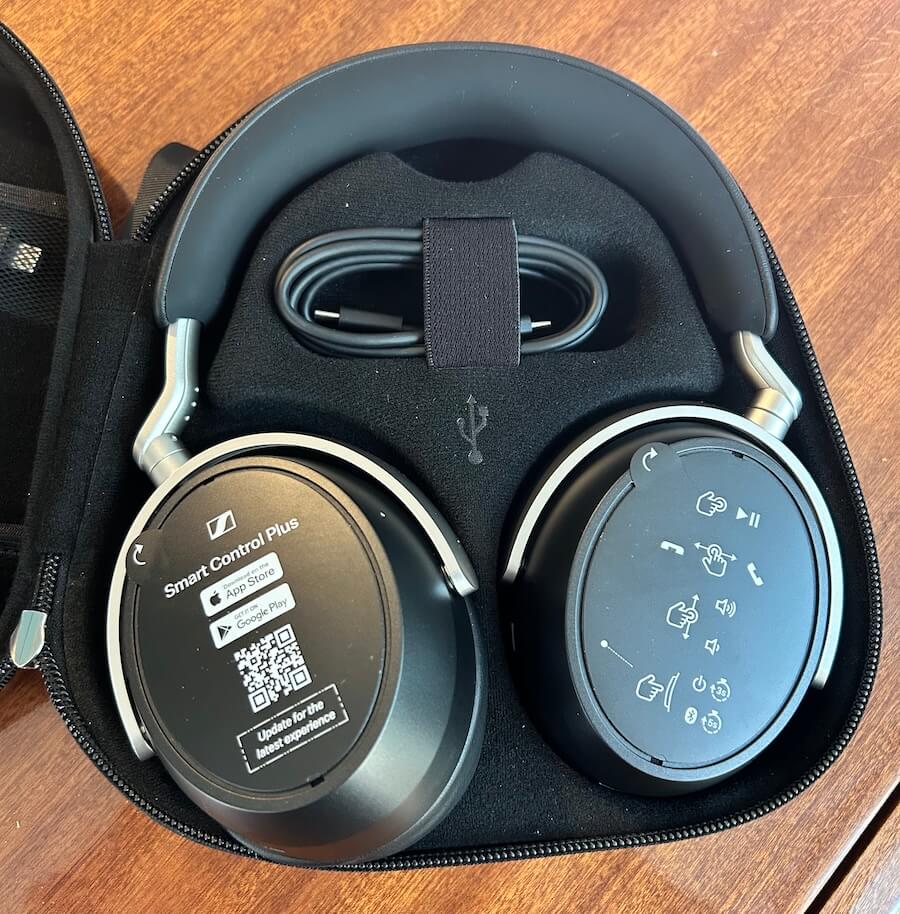
Brand New Tools: Smarter Sound Control Comes to the Sennheiser HDB 630
Sennheiser isn’t just polishing the hardware with the HDB 630—it’s finally giving listeners real control over how their music sounds. Through the updated Smart Control Plus app, users get a full set of customizable sound-shaping toolsthat move well past the basic genre presets and five-band EQs of the past.
Borrowing a trick from the flagship HE 1, the new Crossfeed feature blends the left and right channels for a more natural, speaker-like presentation. It’s a subtle but welcome nod to realism—especially for older recordings mixed hard left and right that can get tiring on headphones.
The standout, though, is the new Parametric Equalizer. It lets listeners boost or cut specific frequencies, choose filter types, and adjust bandwidth (Q)—tools usually reserved for serious studio gear. An A/B toggle makes comparing settings easy, and everything runs on the headphone’s internal DSP, meaning your fine-tuned sound stays consistent no matter the app or source.
Listeners can also share their EQ presets with other HDB 630 users, and a future firmware update will add QR code sharing—because nothing says “audiophile community” like swapping frequency curves instead of cat memes. Beyond EQ, the app allows customization of noise cancellation, on-head detection, codec preference, and other intelligent features, giving listeners a reason to actually open the companion app after setup day.
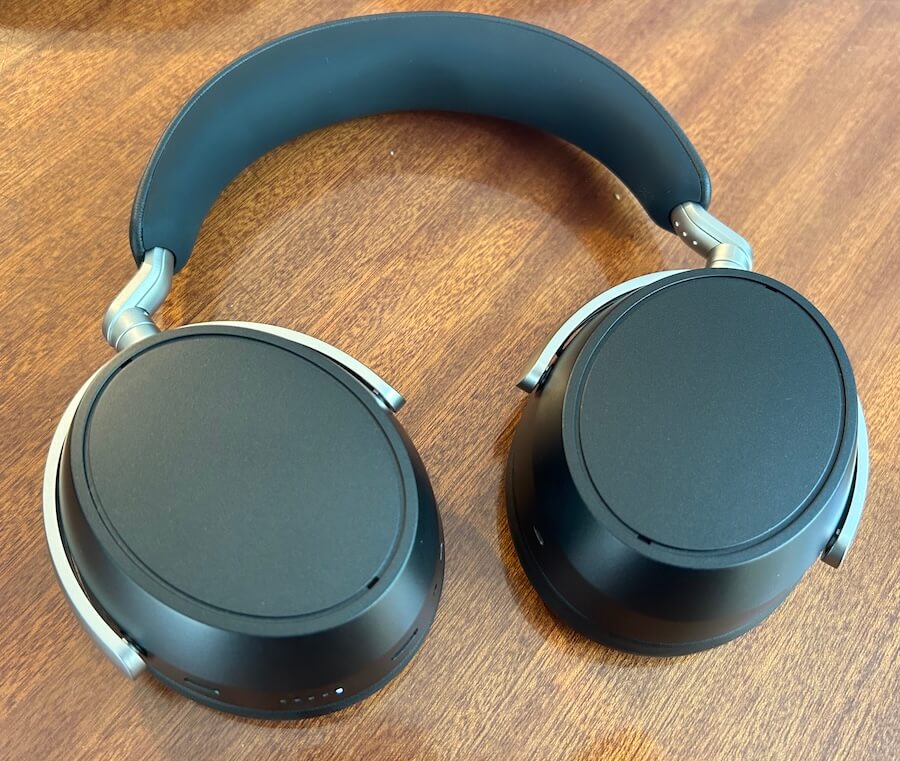
Have a Nice Flight: Comfort, Battery Life, and Noise Control Done Right
With up to 60 hours of battery life and a quick-charge mode that delivers roughly 7 hours of playback in just 10 minutes, the HDB 630 is built for the long haul—whether that’s a cross-country flight or just the commute you swore you’d shorten this year. Its sealed design and Adaptive Noise Cancellation keep the outside world to a murmur, while integrated microphones handle voice calls and transparency mode when you actually need to rejoin civilization.
Comfort gets the premium treatment too. The lightweight frame is paired with Japanese Protein Leatherette ear cushions from IDEATEX, chosen for their softness, breathability, and durability—a subtle reminder that comfort doesn’t have to come at the expense of sound quality.
Each set ships with a protective travel case, USB-C charging cable, 3.5mm analog audio cable, airline adapter, and the BTD 700 USB-C Bluetooth transmitter—a complete kit that makes the HDB 630 ready for just about any listening situation short of space travel.
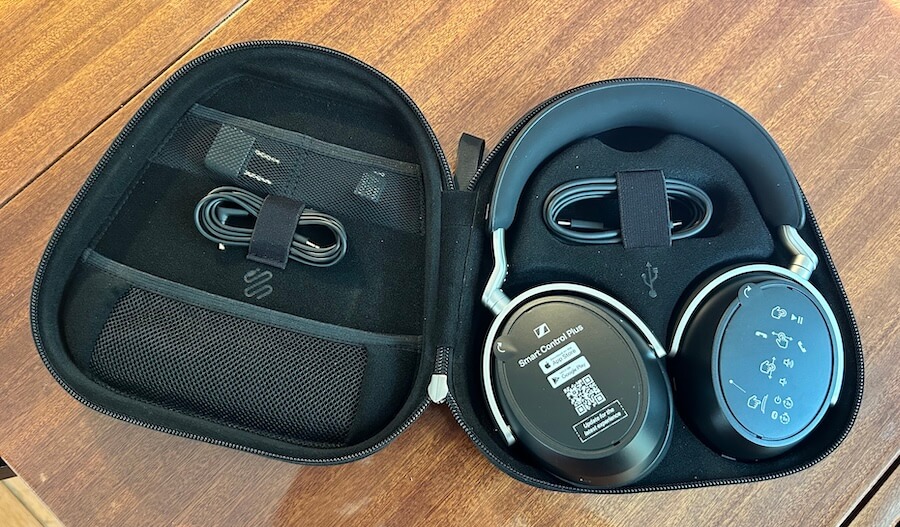
Sennheiser HDB 630 Key Specifications
- Wearing Style: Over-ear, circum-aural
- Connectivity: Bluetooth 5.2 (Class 1), USB-C, analog 3.5mm
- Supported Codecs: SBC, AAC, aptX, aptX HD, aptX Adaptive
- Speaker: 42mm dynamic drivers
- Frequency Response: USB-C: 6 Hz – 40 kHz | Analog & Bluetooth: 6 Hz – 22 kHz
- Sensitivity / Impedance: 105 dB SPL / 480Ω
- THD: <0.2% (1 kHz / 100 dB SPL)
- Noise Cancellation: Hybrid Adaptive ANC
- Microphones: 2 per side, MEMS, beamforming for voice/noise reduction
- Battery Life: Up to 60 hrs (ANC on, Bluetooth)
- Quick Charge: 10 min = ~7 hrs playback; full charge ~2 hrs
- Weight: 311 g (11 oz)
- Dimensions (Folded): 180 × 195 × 51 mm
- App Support: Sennheiser Smart Control Plus (iOS & Android)
- Origin: Designed in Germany, drivers made in Ireland
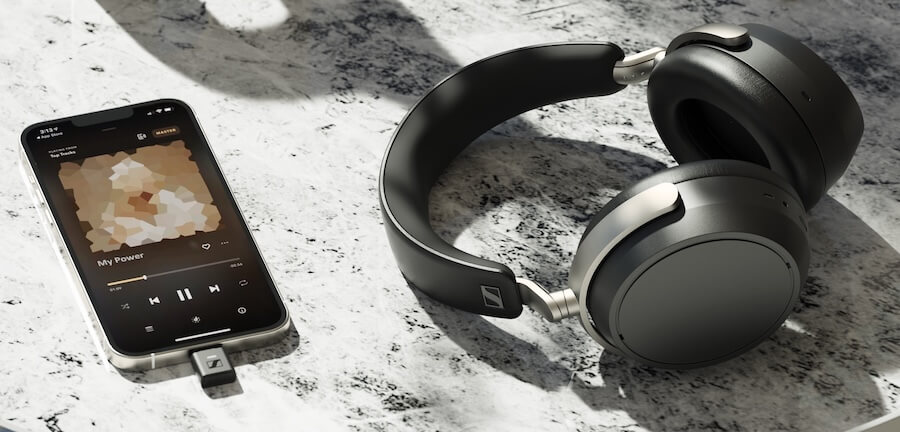
The Bottom Line
At $499, the Sennheiser HDB 630 hits where it counts—comfort, battery endurance, and high-res flexibility—while sidestepping the usual noise-canceling sameness. Sure, the absence of LDAC, Bluetooth LE, and aptX Lossless stings a bit at this tier, but the included USB-C dongle makes up for it with real-world versatility. With Bowers & Wilkins, Bose, Sony, and Apple already dug in around this price, Sennheiser has finally stepped into the fight below $500—and based on first impressions, it’s landing punches.
Price & Availability:
The HDB 630 will be available for pre-order on October 8th at an MSRP of Eur 499.90 / $499.95 USD and will ship October 21, 2025 from authorized dealers and from sennheiser-hearing.com
Where to buy:
Related Reading:
- Bowers & Wilkins Px8 S2 Review: Category Leading Wireless Sonic Performance And ANC Without The Luxury Price?
- Bose QuietComfort Ultra 2nd Gen Wireless Headphones Take Noise Cancellation To The Next Level
- Bowers & Wilkins Px7 S3 Wireless Headphones Review: Superior Sound And Build With Improved ANC
- Sony WH-1000XM6 Wireless Headphones Review: Best Noise Cancelling Yet
- WTF Is A Bluetooth LE Transmitter And Why You Might Want To Hold Off On Replacing Your Devices

